Entering to House of Prayer
Jacob Steinhardt
1925
Image
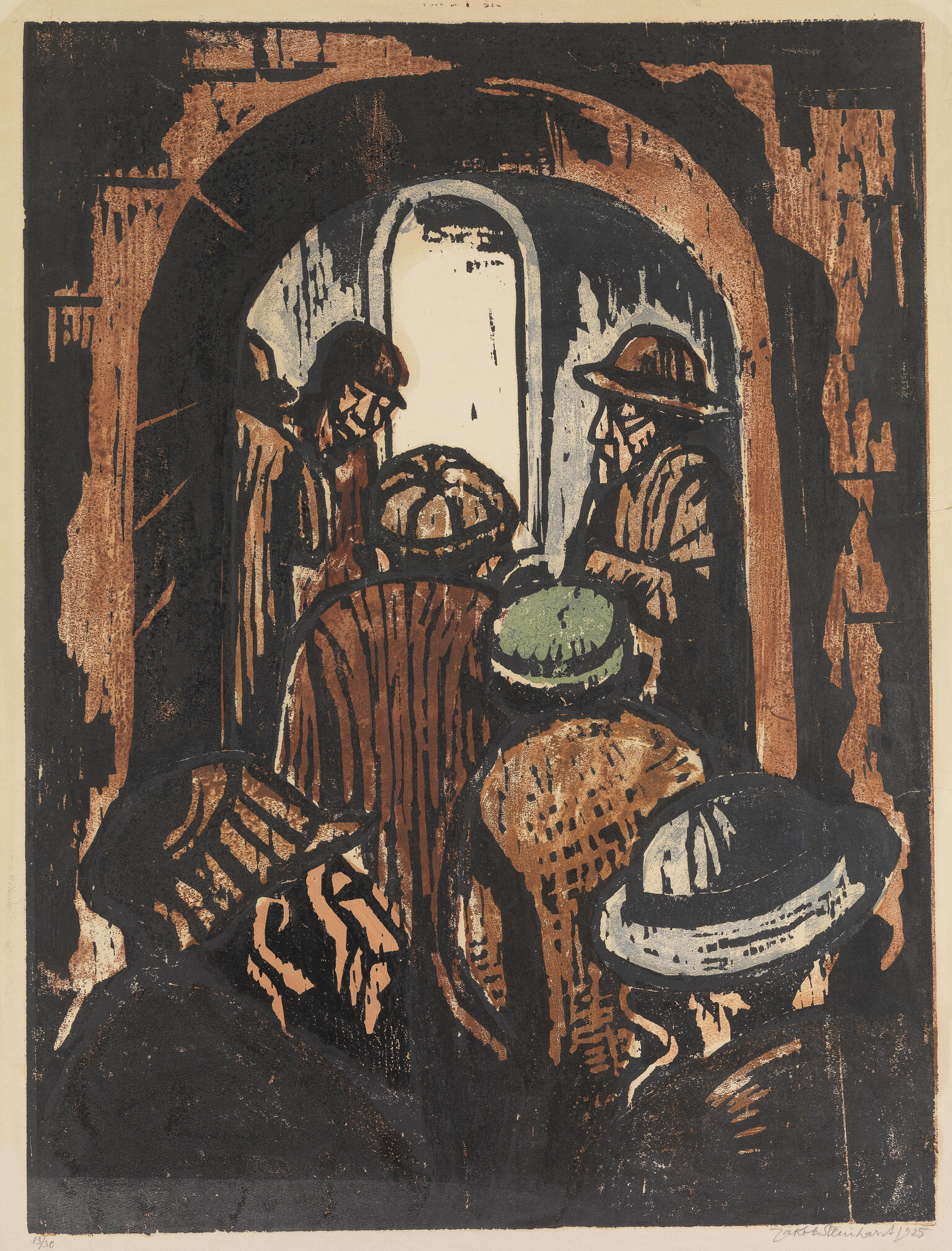
Engage with this Source
Creator Bio
Jacob Steinhardt
1889–1968
Born in Zerkow, Germany (today, Żerków, Poland), the painter and woodcut artist Jacob (Jakob) Steinhardt studied in Berlin before World War I and was much influenced by the Expressionist movement. As a soldier in the German army during the war, he served in the Lithuanian region and Poland, where his encounter with traditional East European Jewish society left a lasting impression on him and his work. In 1933, he and his wife fled Berlin and settled in Jerusalem. In 1948, Steinhardt was appointed chair of the Graphics Department at the Bezalel School of Arts and Crafts, and from 1954 to 1957, served as the Bezalel School’s director. He is best known for his woodcuts of biblical and Jewish figures.
Restricted
Image
Places:
Berlin, Weimar Republic (Berlin, Germany)
You may also like
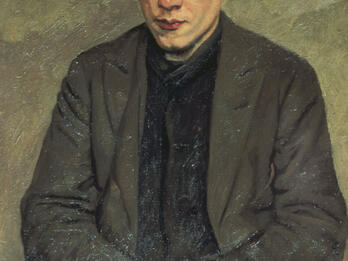
Barnett Freedman
Rothenstein was one of the best-known and most prolific British portraitists of the first half of the twentieth century. His style confounds easy characterization. He considered himself both a…

Poet Avraham Shlonsky
Tagger was a member of what is known as the Land of Israel movement, a group of artists who, in the 1920s, broke with the conventions of the Bezalel School of Arts and Crafts. They drew on the ideas…
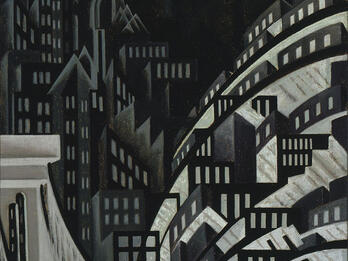
New York
New York exemplifies the precisionist, futurist style favored by Lozowick in the 1920s. Like works by other precisionist artists, this lithograph reduces the elements of a cityscape into simple…
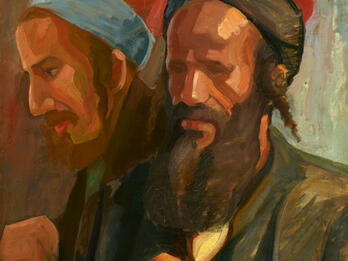
Two Jews
Early in his career, Castel often painted pictures of Jews, like these, whose roots were in Arab lands. Many at the Bezalel School of Arts and Crafts, where he studied, believed that Yemenite Jews…
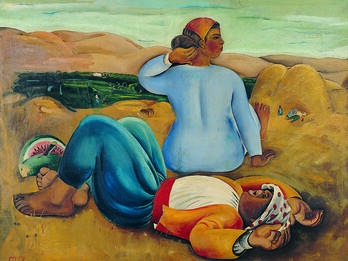
Resting at Noon
Gutman was a member of what is known as the Land of Israel movement, a group of artists who, in the 1920s, broke with the Bezalel School, drawing on the ideas and practices of post-impressionism to…
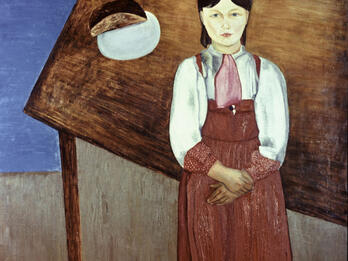
Aniska
Shterenberg is famous for a series of paintings he did in 1917 and 1918, which are sometimes known as “hungry still lives.” A single object, such as a herring or a loaf of bread, is the focus of the…

